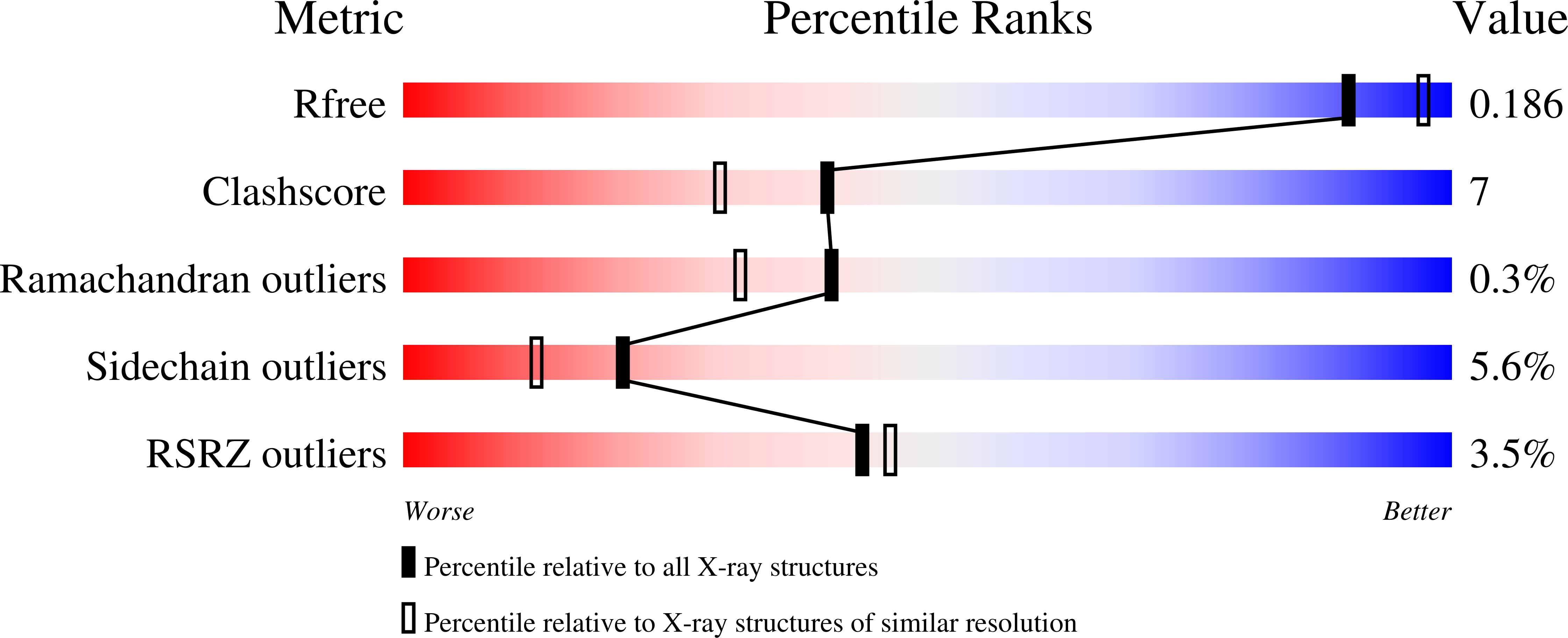
Deposition Date
2005-01-18
Release Date
2005-08-16
Last Version Date
2024-10-30
Entry Detail
PDB ID:
1YKN
Keywords:
Title:
Protocatechuate 3,4-dioxygenase Y408E mutant bound to DHB
Biological Source:
Source Organism:
Pseudomonas putida (Taxon ID: 303)
Host Organism:
Method Details:
Experimental Method:
Resolution:
2.06 Å
R-Value Free:
0.19
R-Value Work:
0.14
R-Value Observed:
0.14
Space Group:
I 1 2 1


